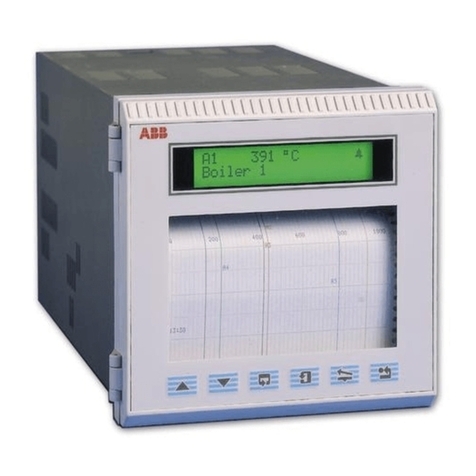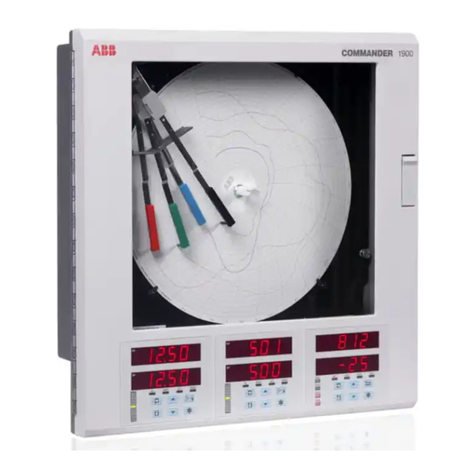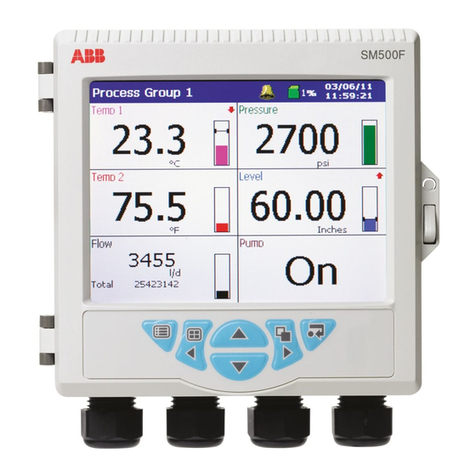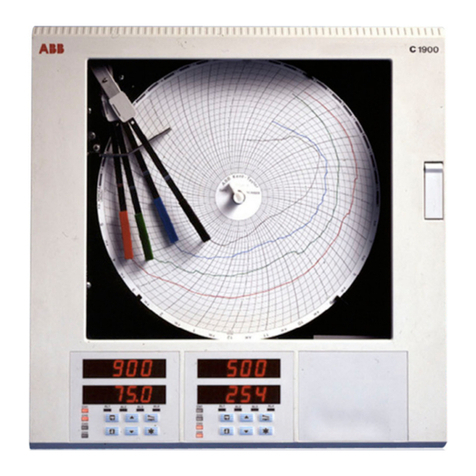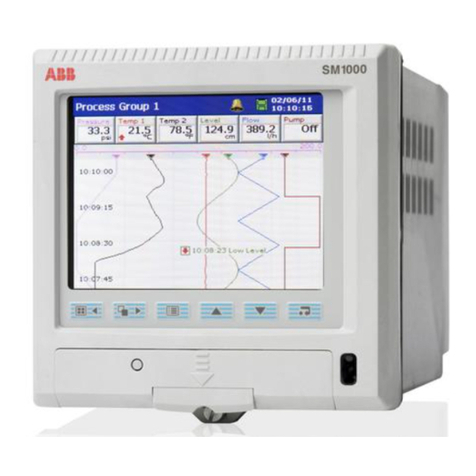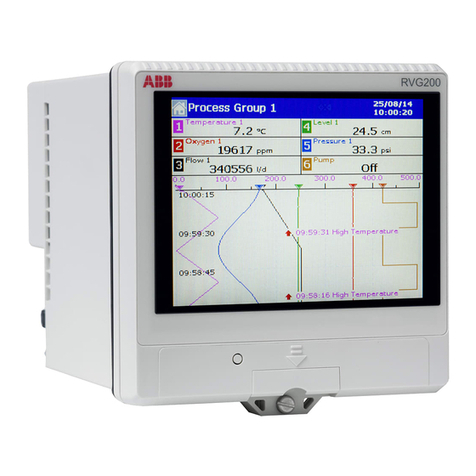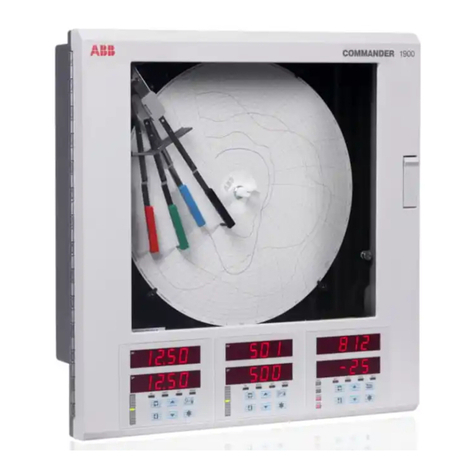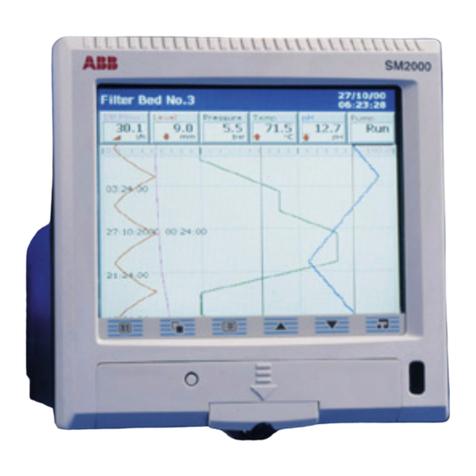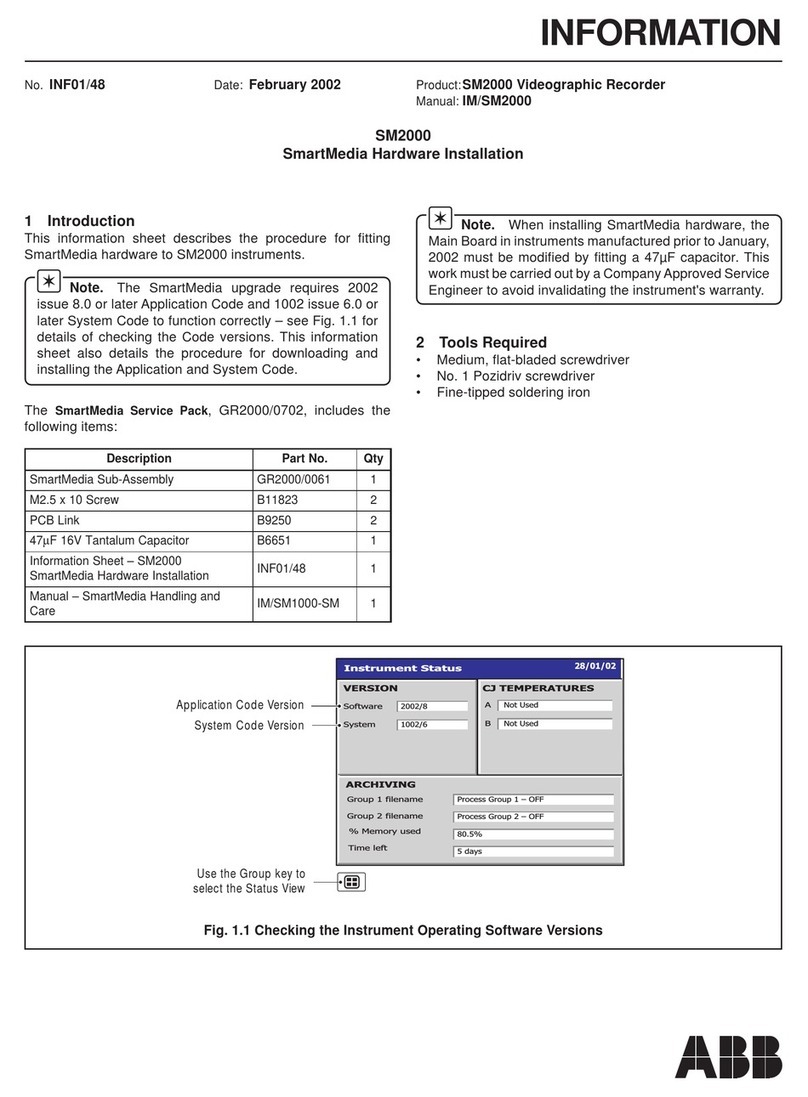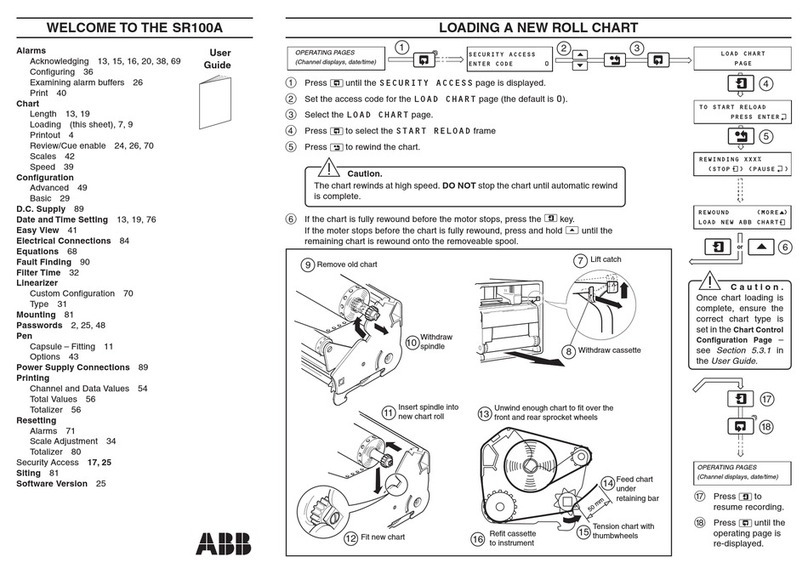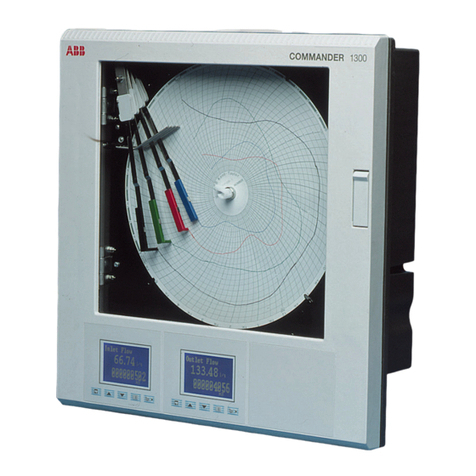
SM3000
Multipoint Videographic Recorder Contents
2IM/SM3000–EN Rev. L
7 Installation ...................................................................109
7.1 Siting ....................................................................109
7.2 Mounting ..............................................................110
7.3 Electrical Connections ..........................................112
7.4 Analog Inputs .......................................................114
7.4.1 Current and Voltage .................................114
7.4.2 Thermocouple ...........................................114
7.4.3 Resistance Thermometer (RTD) .................114
7.4.4 Transmitter Power Supply .........................114
7.5 RS422/485 Serial Communications ......................116
7.5.1 Host Computer Serial Communications ....116
7.5.2 Two-wire and Four-wire Connection .........116
7.5.3 Pull-up and Pull-down Resistors ...............117
7.5.4 Termination Resistor .................................117
7.5.5 Serial Connections ....................................117
7.6 Mains Power Connections ....................................118
7.7 Relay Output Board Connections .........................118
7.8 Hybrid I/O Module Connections ............................119
7.8.1 Digital Output Connections .......................119
7.8.2 Digital Input Connections ..........................119
7.8.3 Analog Output Connections ......................119
7.9 Ethernet Network Connections .............................120
7.9.1 Direct Connection to a Computer ..............120
7.9.2 Connection to a Network Hub ...................121
7.9.3 Connection to a Dial-Up Router ................121
7.9.4 Connection to an Internet Gateway ...........121
8 Specification ................................................................122
Appendix A – Signal Sources ..........................................129
Appendix B – Modbus Guide ..........................................131
B.1 Introduction ..........................................................131
B.2 Setting Up ............................................................131
B.3 Modbus Protocol ..................................................131
B.3.1 Modbus Commands Supported ................131
B.3.2 Modbus Exception Responses ..................132
B.4 Operating Mode ...................................................132
B.4.1 Operating Mode Modbus Coils .................132
B.4.2 Operating Mode Modbus Registers ...........146
B.4.3 Communications –
Analog and Digital Inputs ...........................169
Appendix C – Storage Capacity ..................................... 170
C.1 Internal Storage Capacity ..................................... 170
C.2 Archive Storage Capacity ..................................... 171
Appendix D – Default Settings ....................................... 172
D.1 Company Standard .............................................. 172
D.1.1 Common Configuration ............................ 172
D.1.2 Process Groups 1 to 6 ............................. 172
D.1.3 Recording Channels ................................. 173
D.1.4 I/O Modules .............................................. 173
D.1.5 Functions ................................................. 174
D.2 QuickStart Templates .......................................... 174
D.2.1 QSMilliAmp ............................................... 174
D.2.2 QSFlow .................................................... 174
D.2.3 QSTHC_C ................................................ 174
D.2.4 QSTHC_F ................................................. 174
D.2.5 QSRTD_C ................................................ 175
D.2.6 QSRTD_F ................................................. 175
D.2.7 QSDEMO ................................................. 175
Appendix E – Ethernet .................................................... 176
E.1 Introduction ......................................................... 176
E.1.1 Ethernet Communications ........................ 176
E.1.2 Higher Level Protocols .............................. 176
E.2 Testing a Network Connection ............................. 177
E.3 Configuring FTP Access ....................................... 177
E.3.1 FTP Access via MS-DOS .......................... 178
E.3.2 FTP Access via Internet Explorer .............. 179
E.3.3 Using FTP Access with DataManager ....... 180
E.3.4 Using the Recorder's Web Server ............. 181
E.3.5 Glossary of Terms .................................... 187
Appendix F – Spare Parts and Accessories .................. 188
Appendix G – Error & Diagnostics Information .............. 189
Appendix H – Symbols and Icons .................................. 190
Appendix I – End User License Agreement ................... 191
Index ................................................................................. 192
Acknowledgements and Trademarks ........................... 196
